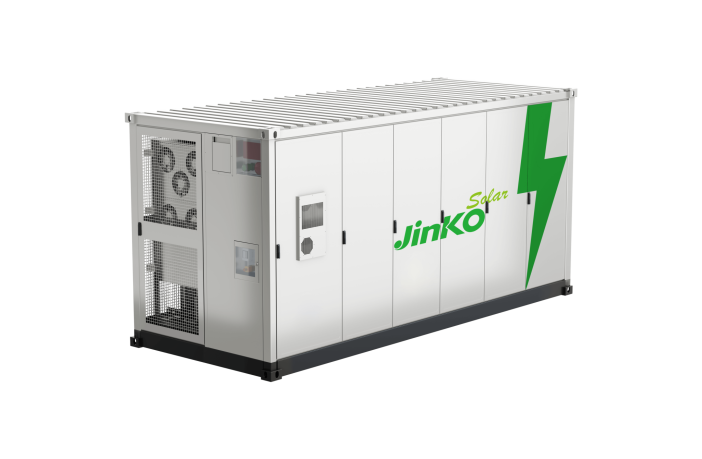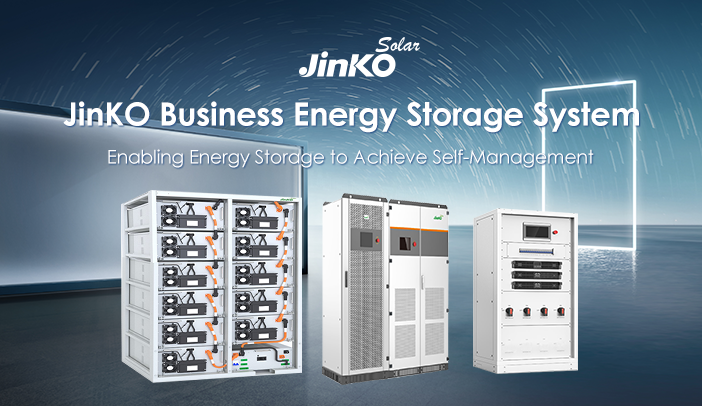- The 50MW/100MW grid-side energy storage power station, located in Jiande, Zhejiang province, serves for peak and frequency regulation.
- The demonstration project of Zhejiang Provincial Energy Bureau and China State Power Grid Corporation marks the successful application of the cutting-edge technology of liquid cooling in the field of energy storage engineering, which has promoted local energy security, stability and green and low-carbon development.
Safety is the most important part of every SunTera. Thanks to the liquid cooling system, the temperature differences between the batteries in the cabinets can be controlled within 2.5 degrees Celsius, thus increasing the life of the system and the amount of available energy capacity, increasing the profitability of the power plant owner. So why does lowering the temperature difference between the batteries can increase its life and the energy capacity? This is because LFP batteries have different discharge efficiencies at different temperatures. the ideal operating temperature for lithium-ion batteries is about 25 Celsius, too high or too low temperature will reduce their discharge efficiency and life. If the battery temperature difference between cells is too large, it will cause a change in their internal chemical substance which will lead to different efficiencies and lifetimes.
JinkoSolar’s SunTera liquid cooling ESS has many other advantages, good safety performance, high energy density with up to 3.44 megawatt hours (MWhs), good thermal management effect, smart O&M, and strong environmental adaptability.
Author: Bryan Groenendaal
Jinko offers a wide range of flaxible energy storage solutions for the residential, C&I plus utility scale sectors on the African continent. Link to the list of JinkoSolar distributors in Africa HERE
















